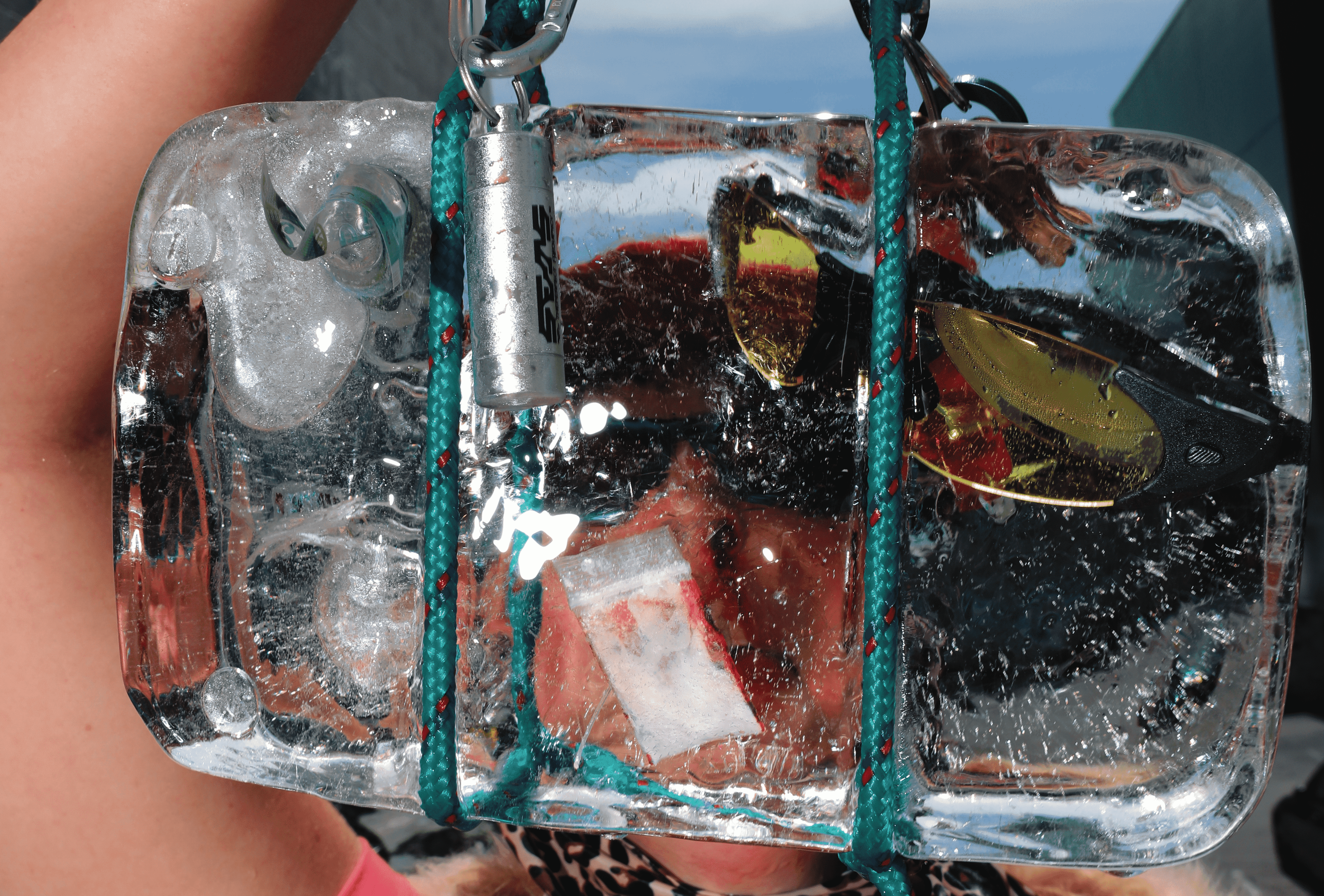Are you here for The Rave?
Photography is strictly encouraged
There is a hum in the crowd as we are ushered through the bar of the Basement Theatre and into the main performance space. Among us, there are murmurs about what exactly we are getting ourselves into. None of us really know what to expect. We are guided through the doors by neon lights and unce-unce-unce. Three dancers face the crowd in a staring contest. They move in perfect unison. Their movements conjure up memories of the gurn—late nights chewing your cheeks to a pulp. But they make it look effortless—dynamic—cool—dare I say . . . sexy asf?
The Rave straddles the border between performance art, dance, and theatre. What drew me to The Butterfly Who Flew Into The Rave was its teasing lack of clarity in its marketing with Matt Hurley’s photographs of the three dancers (Oli Mathiesen, Lucy Lynch and Sharvon Mortimer); a gorgeous, random, grungy depiction of controlled chaos. It is comfortable in its lack of definition. And simply put, I love random shit; I want to be the butterfly who flew into the rave.
The four most important factors of performance art are time, space, the performer’s body and the audience.
“The Rave is steadfast and effective in its simplicity. Its complexities reveal itself throughout with hidden surprises that keep the audience engaged.”
The durational aspect of the performance is the most impressive as we the crowd wait with hitched breaths anticipating what’s to come next. The Butterfly Who Flew Into The Rave is classified as “an endurance-based dance work” and that, is basically what it is. But that doesn’t make it any less impressive. The Rave is steadfast and effective in its simplicity. Its complexities reveal itself throughout with hidden surprises that keep the audience engaged. Though the gesture at first glance seems straightforward—let’s dance for 67 minutes—the work is choreographed down to the minutest details. Not a minute is wasted.
The Butterfly Who Flew Into The Rave immediately feels at home in the Basement. Unafraid to lean into its theatrical side the space calls to mind an underground nightclub. The setting and use of props are simple and used sparingly but effectively. An awkwardly tight shape, the dancers are unafraid to use every inch of the stage staring down the crowd with intensity. The sound crew are mainly just DJs tucked away in a corner but in this context, it makes perfect sense.
The performers have given themselves the incredibly difficult task of holding our attention for over an hour. As the show waxes and wanes, we see their bodies begin to deteriorate. They lose their clothing, they begin to step out of sync, they unleash a primal scream. But they don’t stop and like a moth to a flame it’s hypnotic to watch. As a bit of a performance art purist, my only gripe is how I wish the remnants of the artists’ costumes, props, tools, and sweat had been left on the stage as a trace of giving in to that aspect of dishevelment.
Featured image by Matt Hurley.



